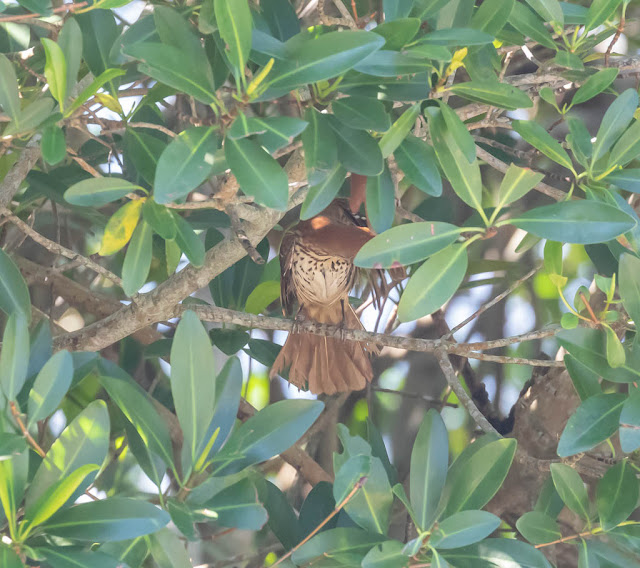Edie and Matt along with Kim and Dave Kandz spotted this White Pelican alone on Little Bird Key (in the Pinellas NWR). This was not a “normal” place to see a lone pelican and on closer inspection they noted it looked to be in trouble floundering around on the ground.
Little Bird Key
Upon closer inspection the problem was obvious.
Monofilament fishing line was wrapped around both wings and then a trailing piece about 20 feet long was entangled around a mangrove branch that was embedded in the beach sand.
We went ashore and after Captain Dave Howard secured the bird and covered its head to minimize its awareness of our presence and our efforts to remove the line.
After removing all the line and deciding that the bird looked healthy enough to release, we removed the towel from its head. It made a lunging stab at me with its huge bill before running rapidly to the other side of the island, flapping both wings freely and plunging into the water.
Dave Kandz took this picture of “our” bird as it paddled away.
It was a very good day for us as well as the bird!


















































